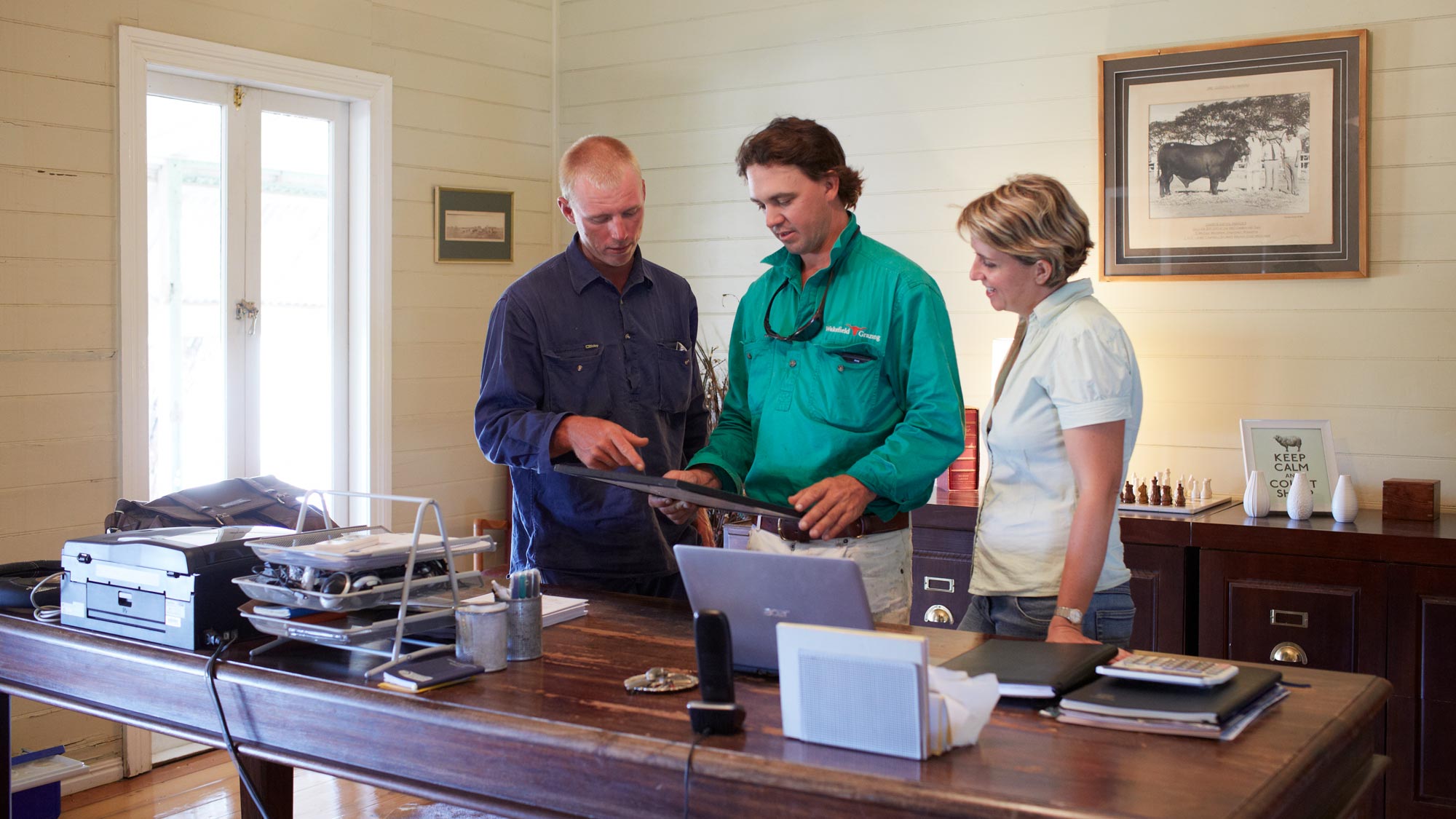Tool 1.2 A simple process for setting goals and objectives
Tool 1.2 A simple process for setting goals and objectives
If you already undertake formal strategic and operational planning within your sheep production enterprise, then you will already have goals and objectives set, probably for both the short and long term.
Alternatively, if you have a less formal planning process, or if you keep all the farm plans in your head, then setting goals and objectives is a critical business activity for improving your enterprise.
If you have undertaken the SWOT analysis (tool 1.1) you will have a good idea of the strengths, weaknesses, opportunities and threats in and surrounding your enterprise. This needs to be combined with your overall values and vision you have for the enterprise (for help with determining these, see tool 1.4 developing shared values, personal and business goals).
Setting goals
Setting goals is relatively easy. Goals are a general target for medium- to long-term, or just a direction which your farm business might want to follow. An example of a goal might be to change your current focus on fine wool production to an emphasis on a mixed wool and prime lamb system.
Goal statements usually begin with an action verb (create, change, increase, etc.), followed by a more specific and desired outcome, e.g. to create a safer work environment on the farm. The biggest difference between goals and objectives is that goals are not as concrete. Goals imply a purpose or a direction, unlike objectives, which must be measurable. Often to achieve a goal will require several specific objectives to be met.
If you have multiple goals (almost everyone does), then you will need to prioritise them. For the goals that you want to proceed with, you will need to ask, “What specific objectives must be undertaken to achieve this goal?”
Setting objectives
Objectives describe what needs to be done to achieve a goal. They must be relatively short-term, practical statements about what needs to be done. For example, if a goal is to improve the look of the farm by protecting and enhancing the condition of the remnant native vegetation, then a specific objective might be to "fence off 10 ha of remnant vegetation in paddock XX by autumn next year". Another objective might be to "plant 500 trees and shrubs in the fenced-off area by the following spring."
One way to ensure that your objectives are well focused is to follow the SMART system. Good objectives are described as having the following features:
| Specific | Be very clear about the action. In the previous example, ‘fence off’ and ‘paddock XX’ provide the clarity needed for the objective to be specific |
| Measurable | Ensure ‘how much’ or ‘how many’ are included in the objective. In the previous example, ’10 ha’ provides the measurable target. |
| Achievable | Do you have the time, skills and resources to achieve this objective? How much do you rely on factors outside your control? The degree to which an objective is achievable is a personal assessment. In the example above, fencing off 10 ha by autumn next year seems achievable. |
| Realistic | Will meeting this objective make a significant contribution to the goal? Will it give you the return you are looking for on your investment and time? Again, this is a personal assessment but in the example above, fencing off a 10 ha patch of remnant vegetation to allow more specific management should make ‘realistic’ progress towards the goal. |
| Time-bound | Be as clear as possible about the timelines. In the previous example, ‘by autumn next year’ provides the clear timeline. |
As with goals, you need to prioritise the various objectives. One way to determine the priorities across objectives is to do a quick analysis of the consequences if the objective is not achieved.
Goal template
|
Goal |
Objective (supports achievement of goal) |
Timeline/by when |
Who is responsible |
Consequence if not achieved |
|
|
1. |
|||
|
2. |
||||
|
3. |
||||
|
|
1. | |||
|
2. |
||||
|
3. |
||||
|
|
1. |
|||
|
2. |
||||
|
3. |






